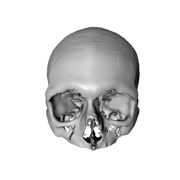Buff: Cubic globe and NEUTRON STAR sucking in companion star
Neutron, neutron neutron star!





 |



You are looking for a serious concert instrument, not a toy, but you simply can't afford a commercial instrument |
You are a percussion student or a parent of a percussion student, and you are looking for an inexpensive practice instrument for the home |
You are looking for a really fun project to build which will be a real talking pont and source of joy for years to come. |
Are looking for an inexpensive way to get Instruments for Schools for classroom percussion ensembles |
You are you looking for an instrument that will suit a student right through their high school years, even for music exams |





VISERAFRON © 2009
design & code Quite Random